Care of Animals
Like human beings and plants, it is also important to take protection and care of animals.
We know, there are two kinds of animals - (i) domestic and pet animals
(ii) wild animals
Both should be cared for in different ways.
(i) Care and protection of domestic and pet animals:
Cow, buffalo, goat, hen, etc. are domestic animals. They are helpful in
many ways. They provide us milk, meat, eggs etc. Bullocks, horses, camels etc.
are used for ploughing, carrying goods, conveyance from one place to another, etc.
Dog, parrot, pigeon, rabbit, fish, etc. are pets serving different purposes i.e.
for amusement; keeping guard etc.
We need to take care and arrange them their convenient living. We should
provide them with comfortable and safe dwelling place. Sheds for domestic
animals should be made airy and lighted. These animals should be protected from
sun-stroke in summer and cold-wind in winter.
Domestic animals should be kept clean and their wastes, i.e. dung etc. should
be promptly removed from the shed and be properly disposed of. The wastes
should be utilized for making manure or bio-gas or dung cakes.
Domestic animals should be given nutritive food or fodder. Green fodder is a
prime necessity for domestic animals. They should also be given clean water to
drink. Dirty or polluted water may cause damage to their health. There should
be arrangement of water for their wash or bath also.
Sick animals should be treated properly with medicines according to the advice from a veterinary doctor.
(ii) Care of wild animals:
Animals that live away from habitation are known as wild animals. Some of the
wild animals, like elephant, deer, etc. are plant eaters while others like
tiger, lion, wolf etc.
are fresh eaters. The plant-eating animals depend upon plants white
f1esh-eating animals depend upon plant-eating animals. A balance is maintained
in the nature between plant-eaters and flesh-eaters. We may explain it as
follows:-
Decline in the number of any kind of animals disturbs the food chain. If there
are no plant eaters, the flesh eaters will die with hunger. Excessive hunting
of any kind of wild animals also disturbs the food chain.
Some wild animals like tiger, lion, deer, snakes, etc. are hunted for their
skins. Some wild animals like deer, pig, etc. are hunted for their meat. The
government has prohibited the killing of wild animals.
Large-scale destruction of forests caused by cutting down of trees or fire may
render the animals, homeless. That is why there are strict laws against cutting
down of green trees or hunting wild anirna1s. Shelters and food for the wild
animals are provided by protecting the forests.
Some useful steps have been taken by the government to protect wild life. Many national parks and wild life sanctuaries have been set up for conservation of wild life and environment.
From Care of Animals to HOME PAGE
Recent Articles
-
Respiratory Balance Sheet | TCA Cycle | ATP Consumption Process
Feb 18, 24 01:56 PM
The major component that produced during the photosynthesis is Glucose which is further metabolised by the different metabolic pathways like glycolysis, Krebs cycle, TCA cycle and produces energy whic… -
Electron Transport System and Oxidative Phosphorylation | ETC |Diagram
Feb 04, 24 01:57 PM
It is also called ETC. Electron transfer means the process where one electron relocates from one atom to the other atom. Definition of electron transport chain - The biological process where a chains… -
Tricarboxylic Acid Cycle | Krebs Cycle | Steps | End Products |Diagram
Jan 28, 24 12:39 PM
This is a type of process which execute in a cyclical form and final common pathway for oxidation of Carbohydrates fat protein through which acetyl coenzyme a or acetyl CoA is completely oxidised to c… -
Aerobic Respiration | Definition of Aerobic Respiration | Glycolysis
Dec 15, 23 08:42 AM
This is a type of respiration where molecular free oxygen is used as the final acceptor and it is observed in cell. Site of Aerobic Respiration - Aerobic respiration is observed in most of the eukaryo… -
Fermentation | Definition | Types of Fermentation | Application
Nov 29, 23 10:27 PM
Definition of fermentation- It is a process that is energy yielding process of anaerobic oxidation of organic compounds which are carried out by the enzyme action of micro organisms where neither gase…
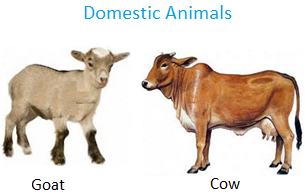
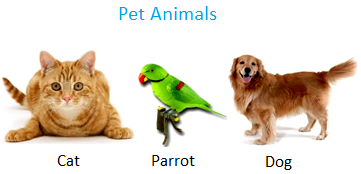
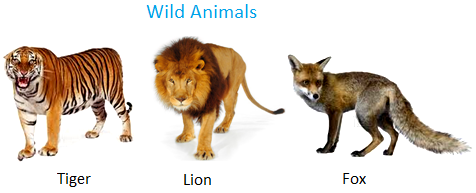
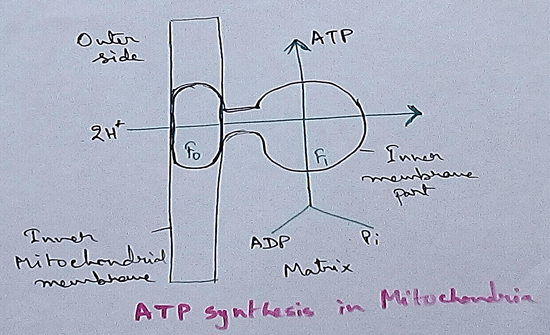
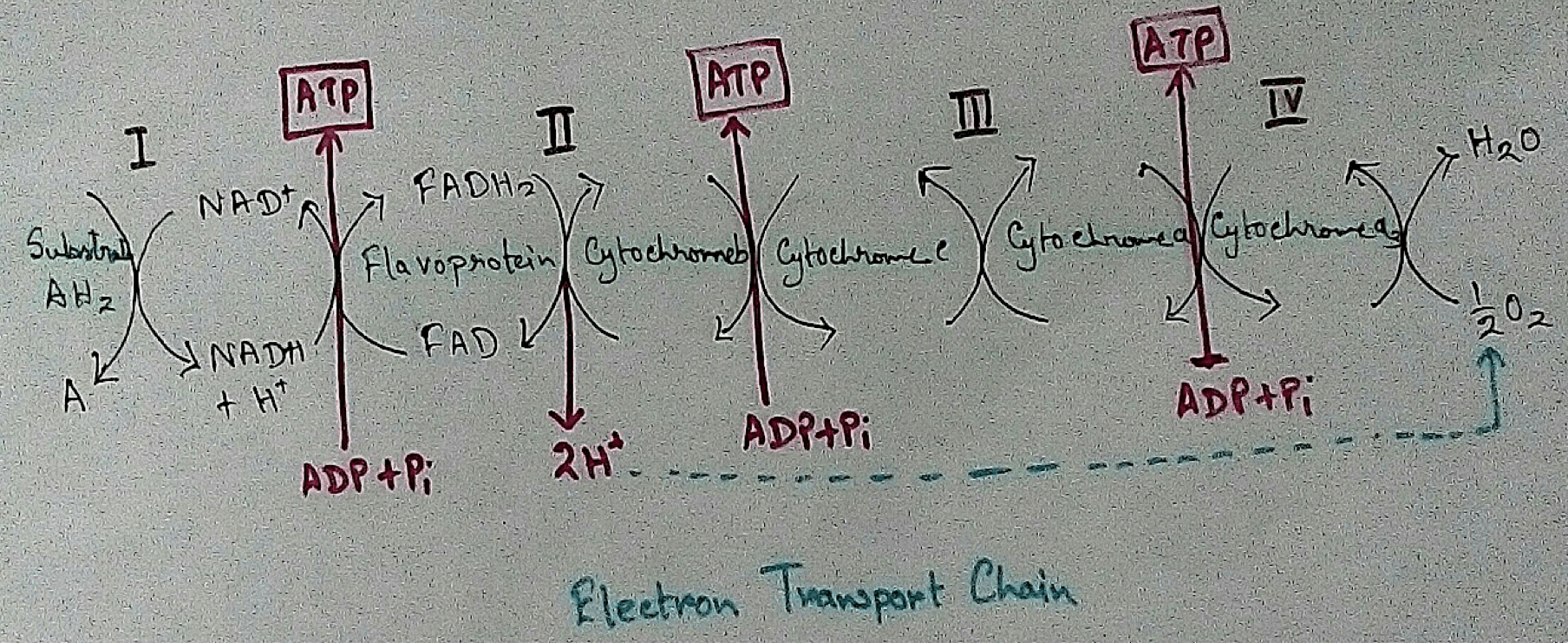

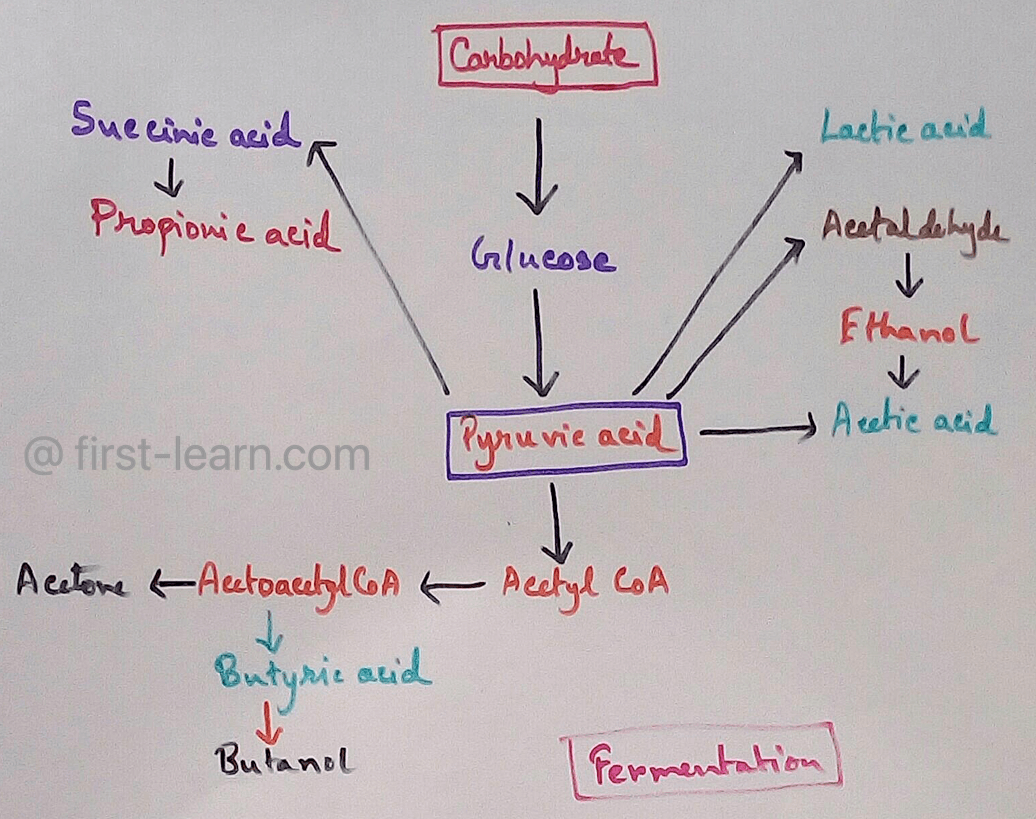
New! Comments
Have your say about what you just read! Leave me a comment in the box below.